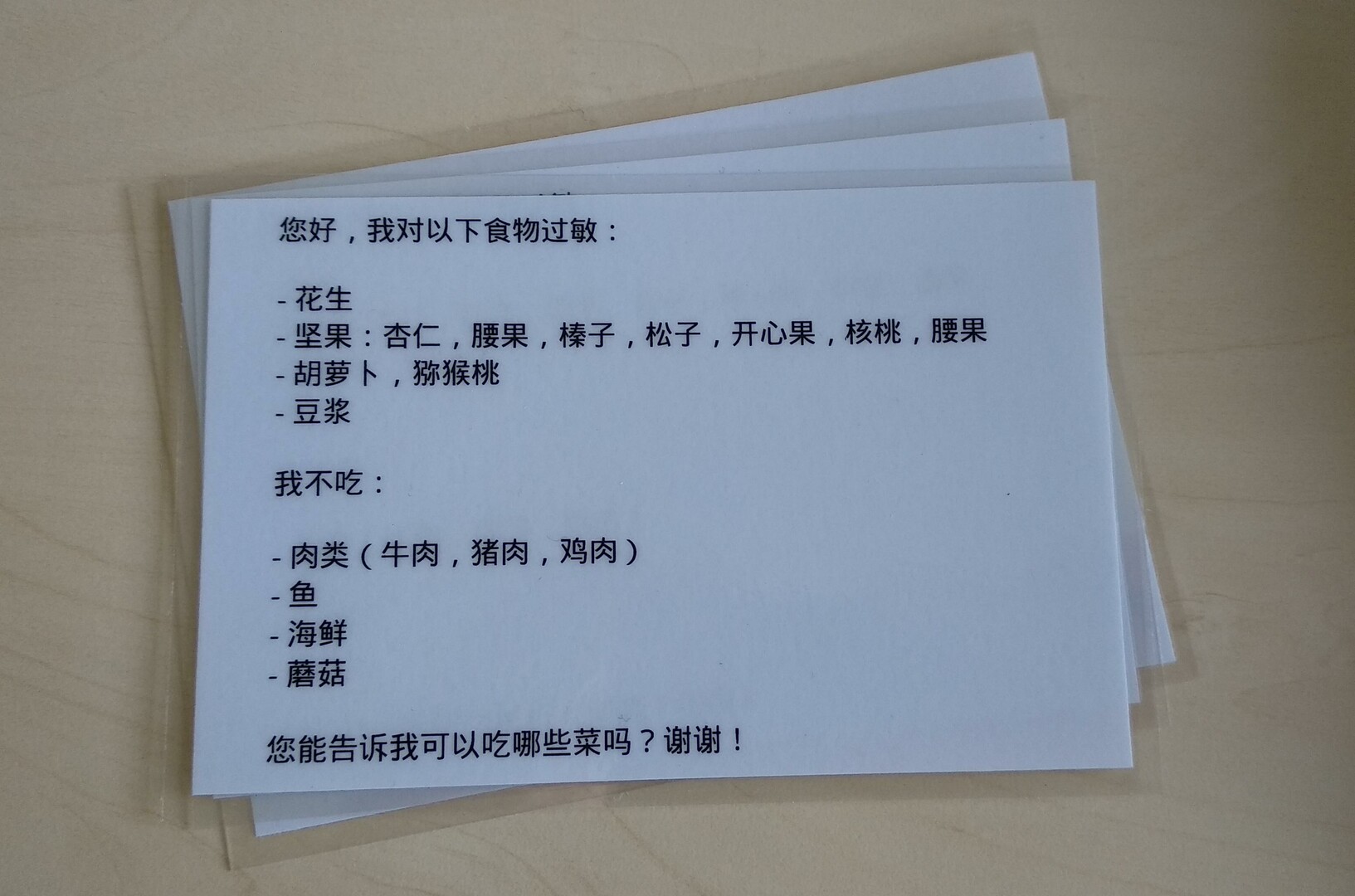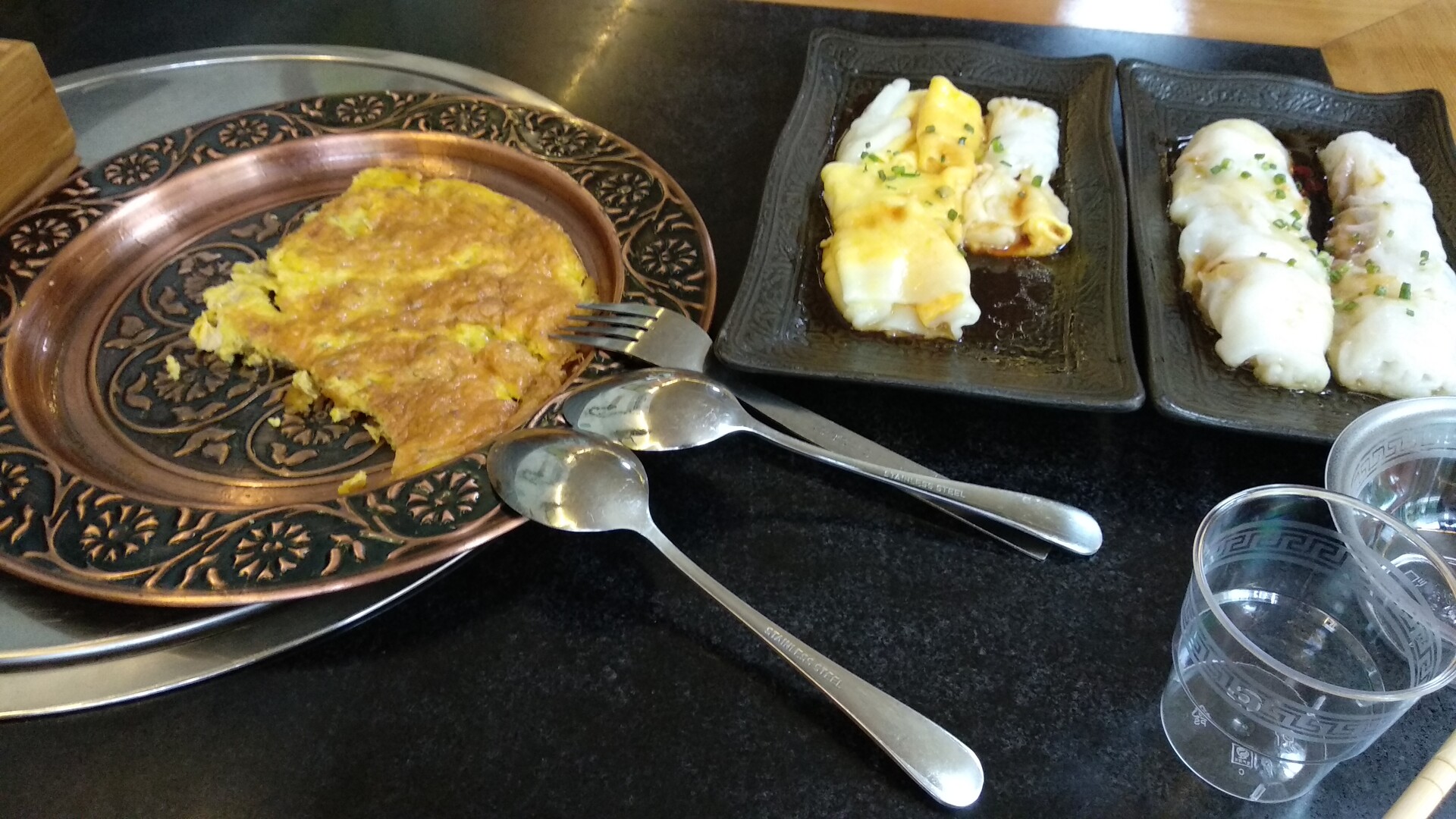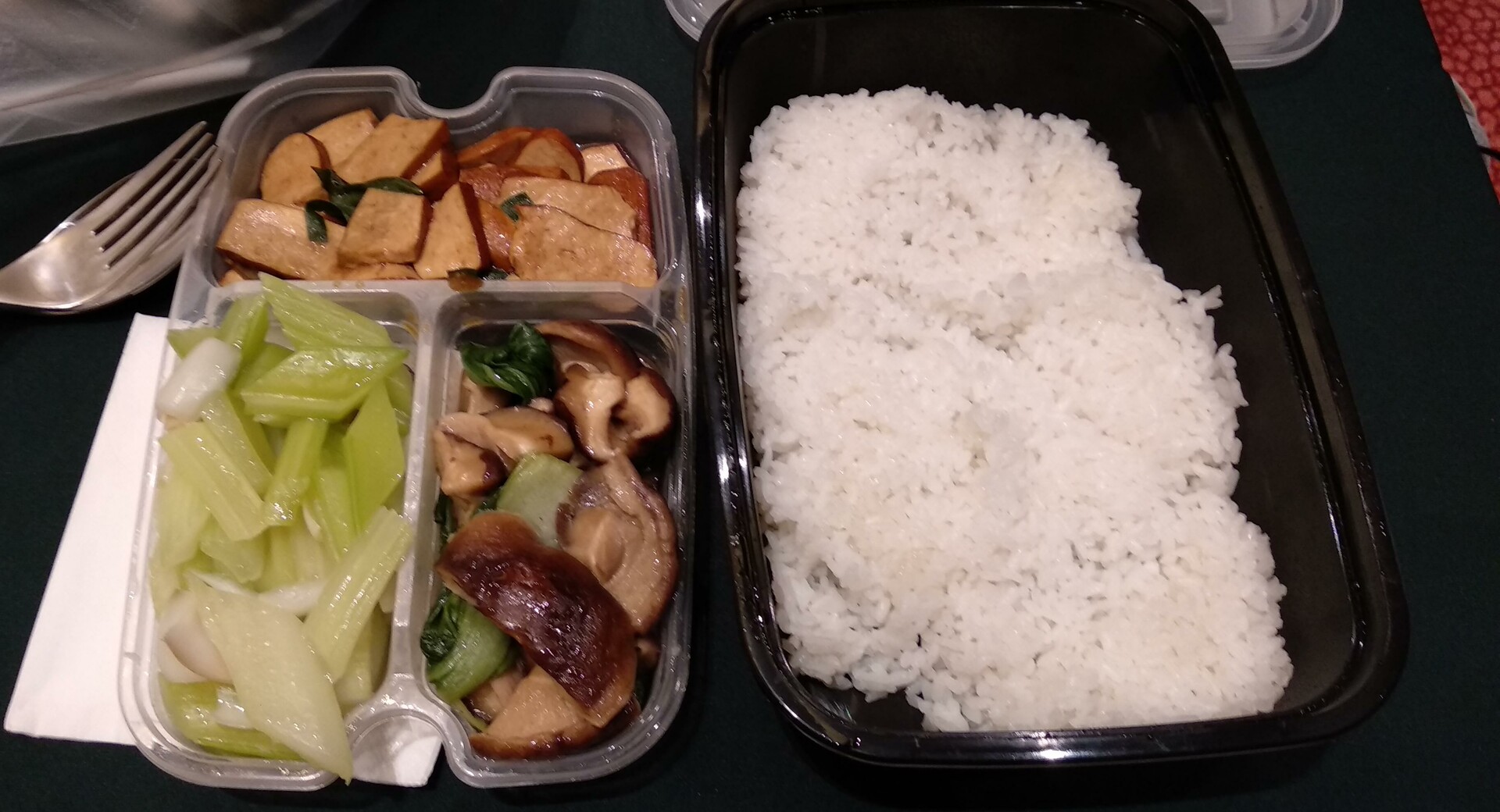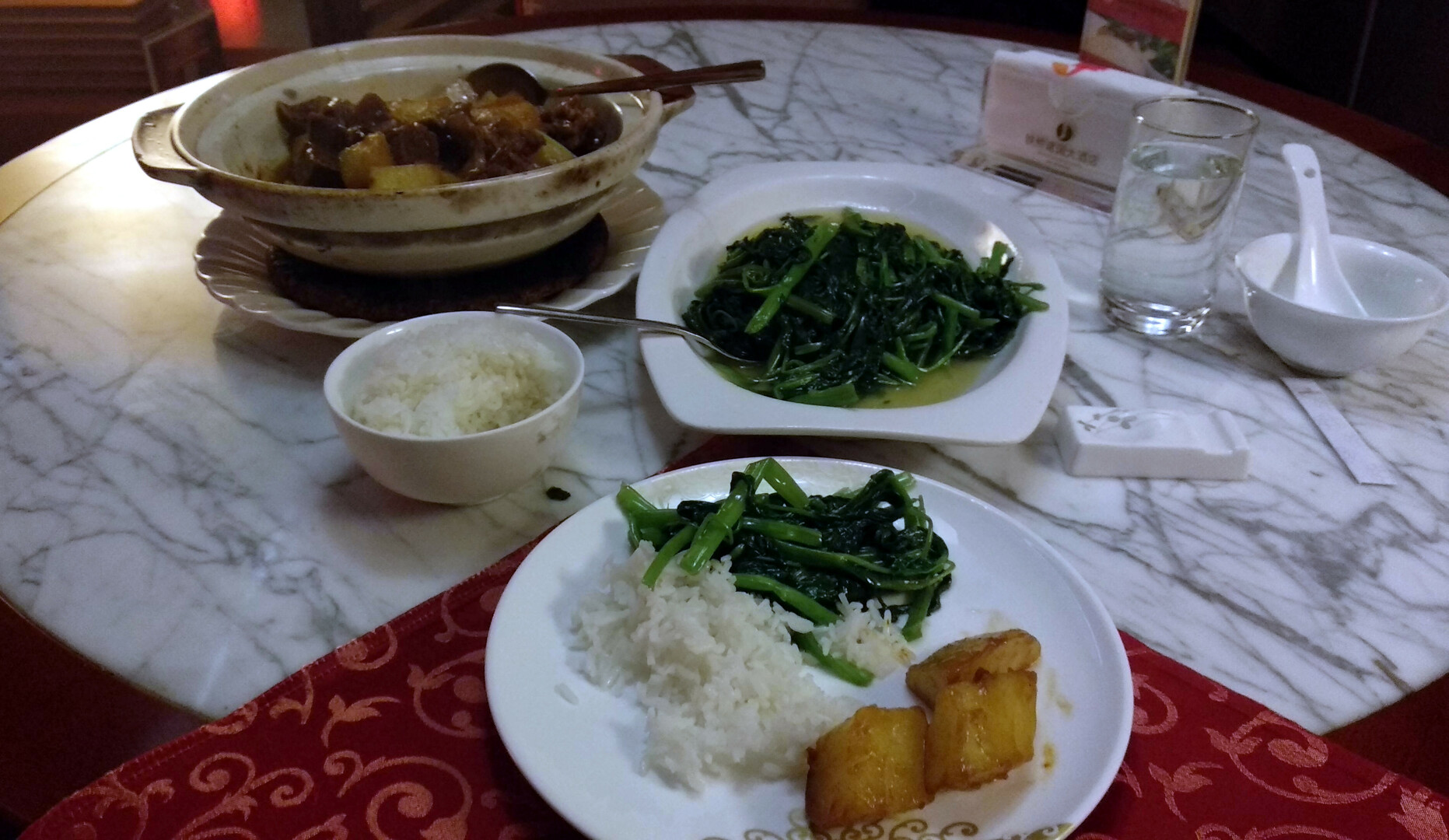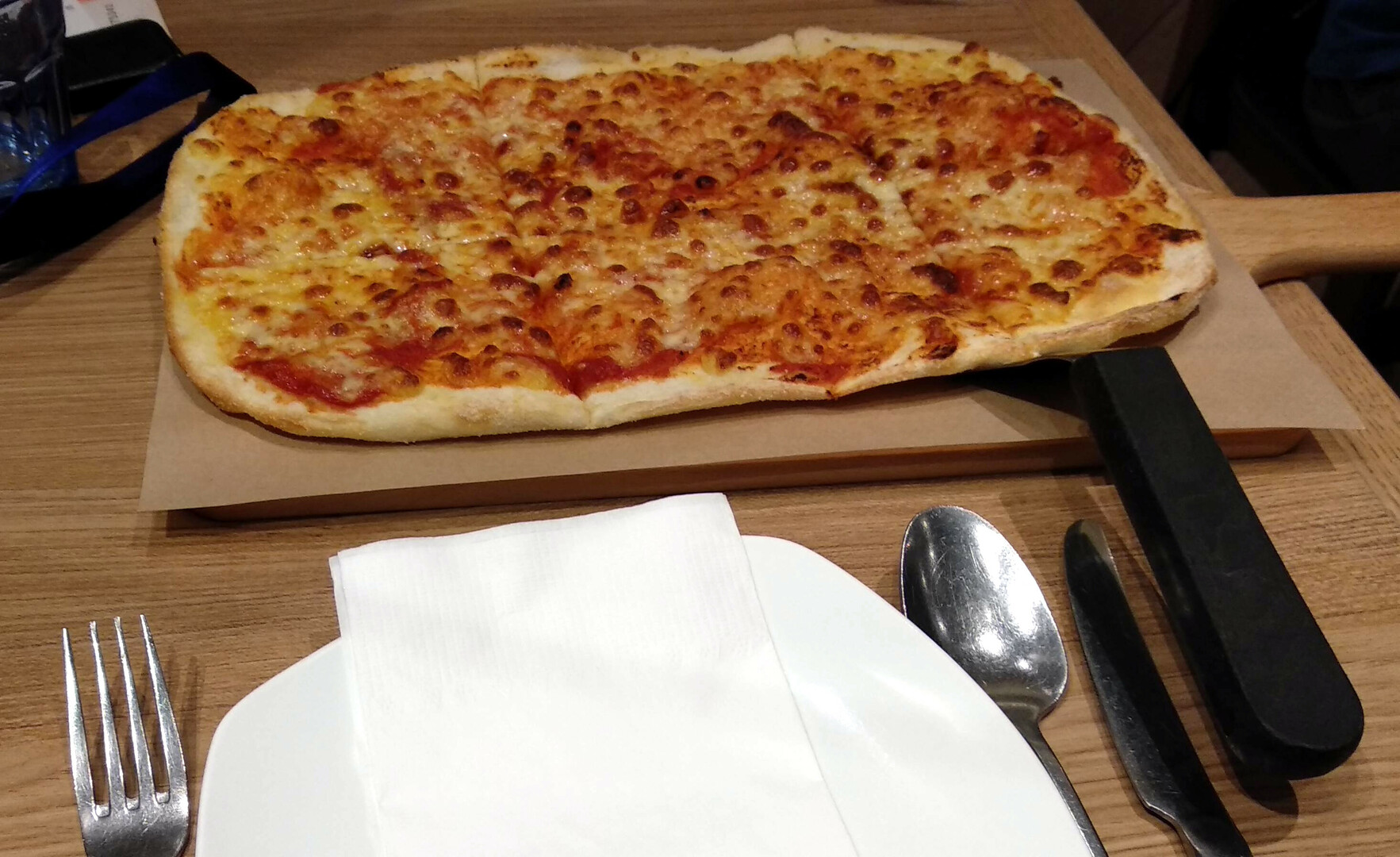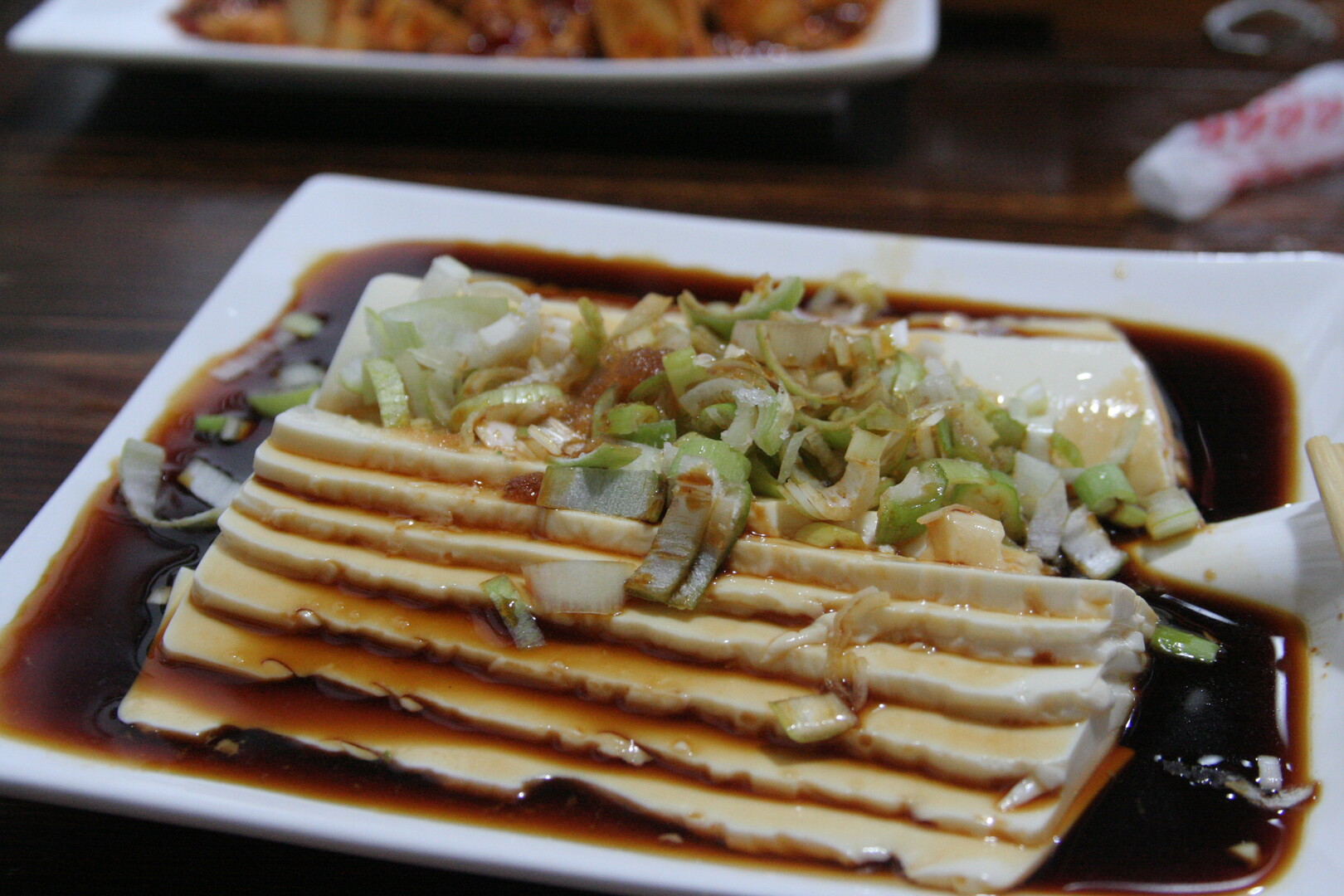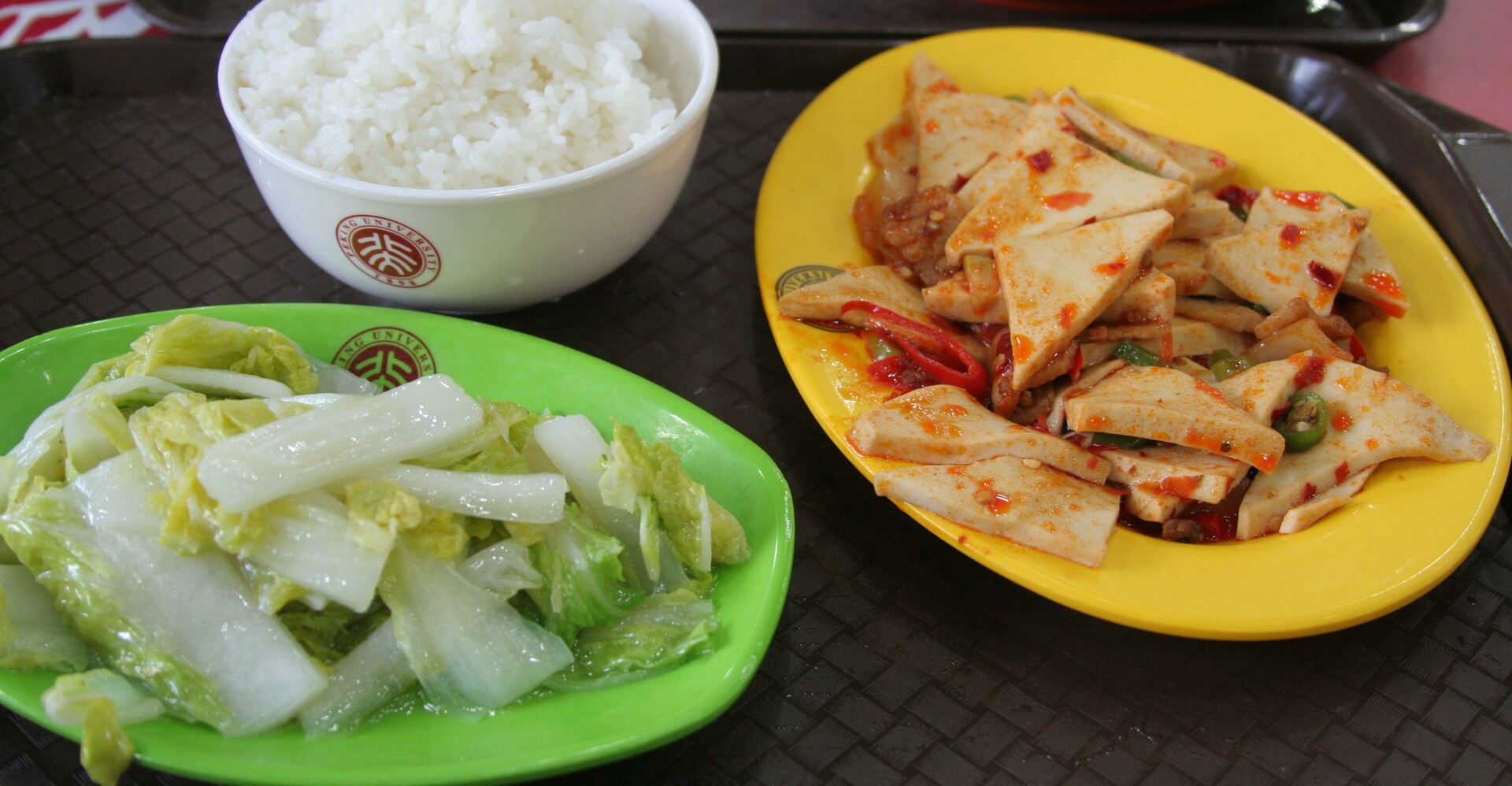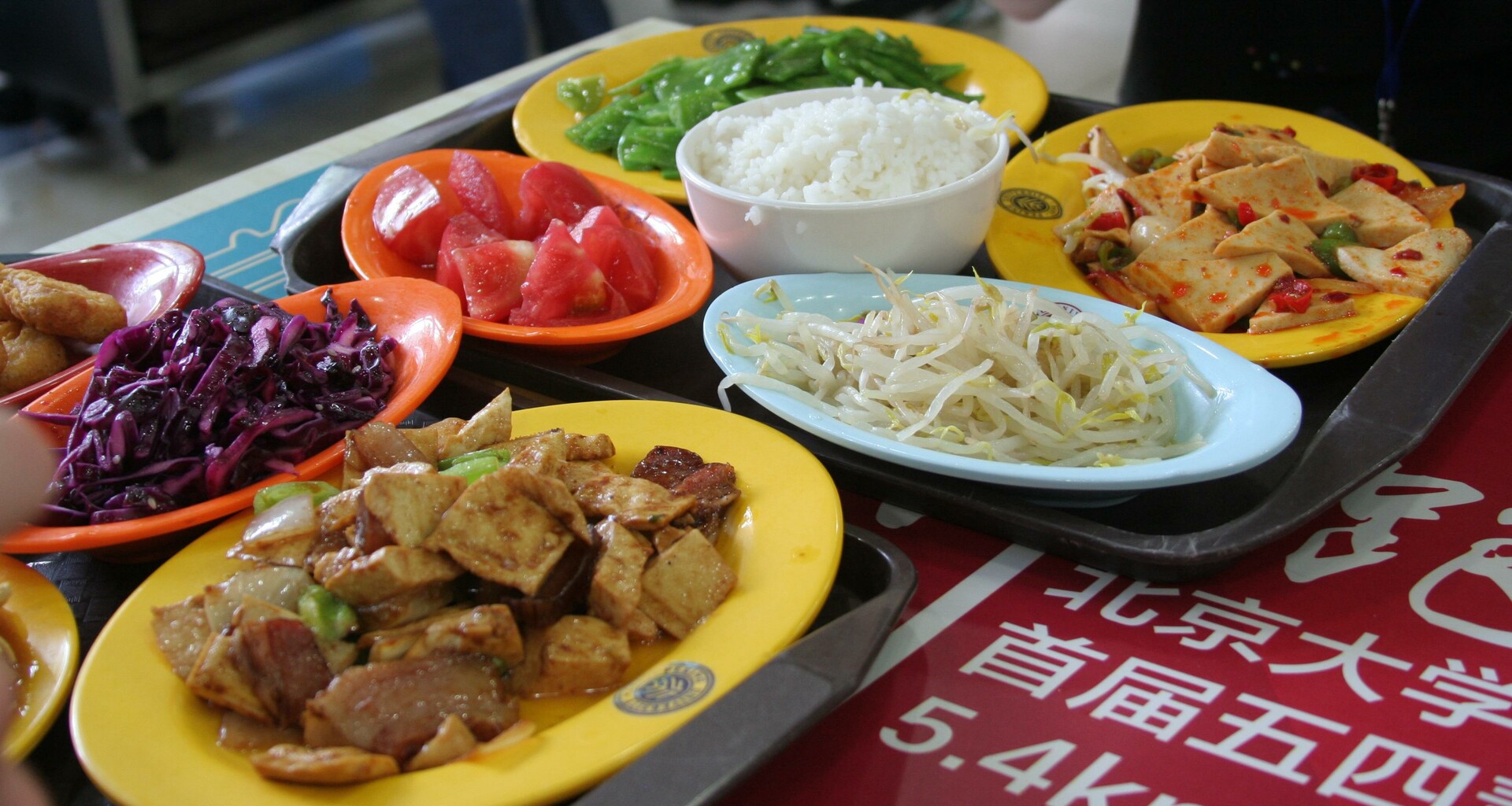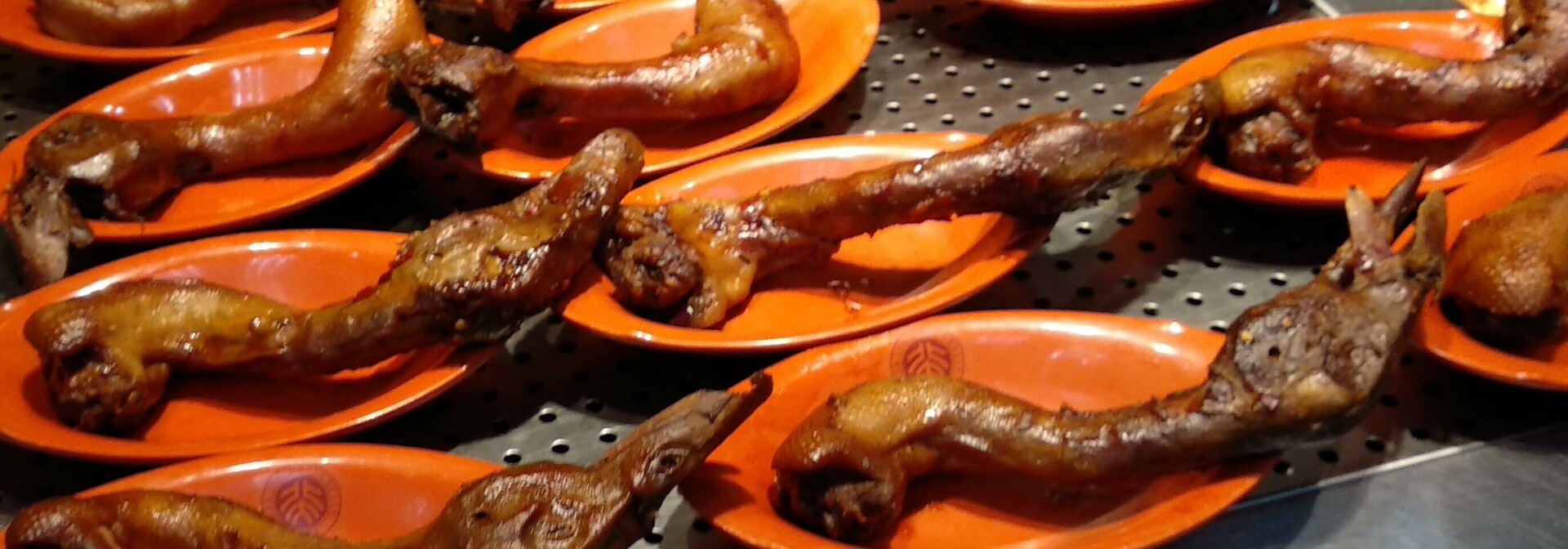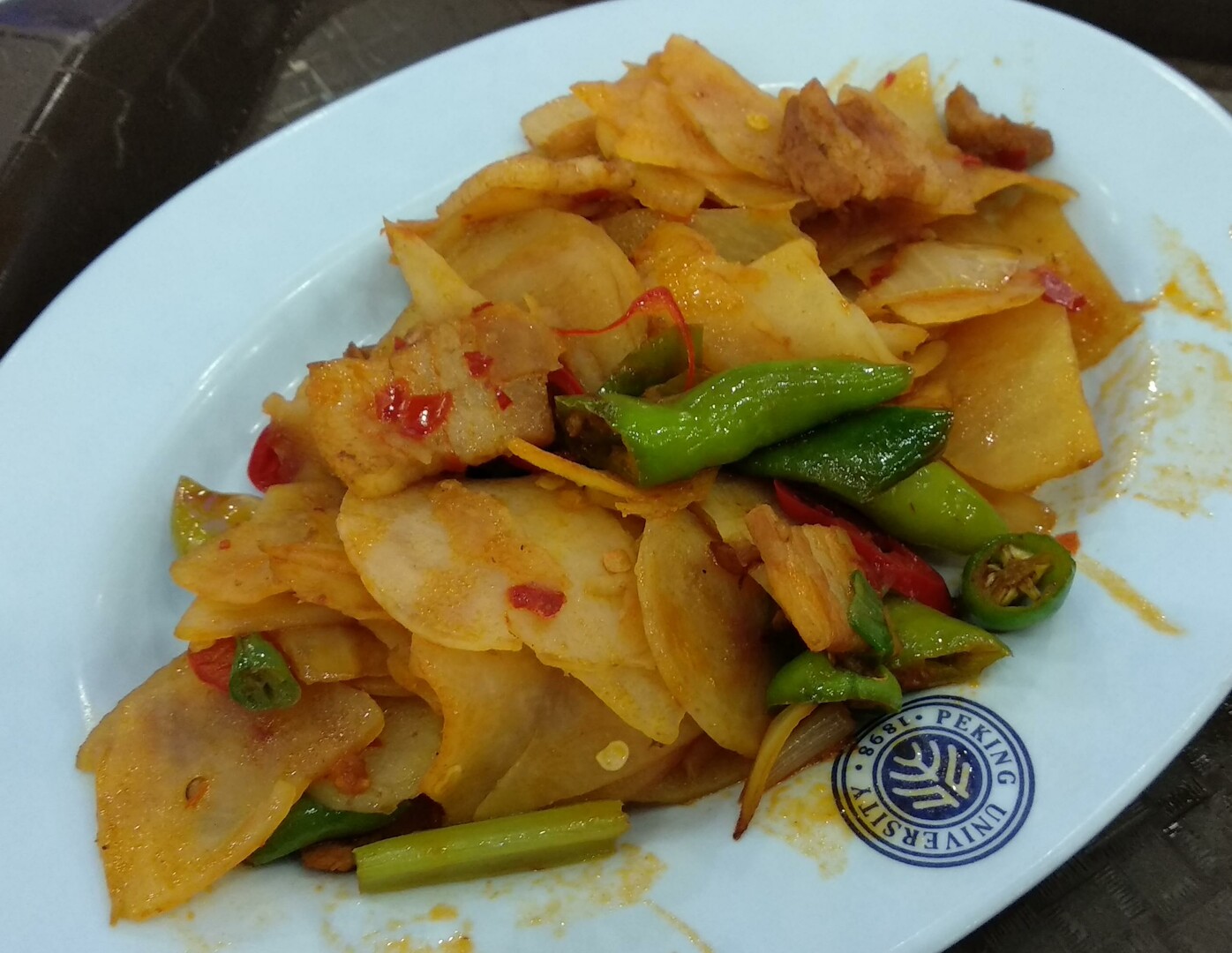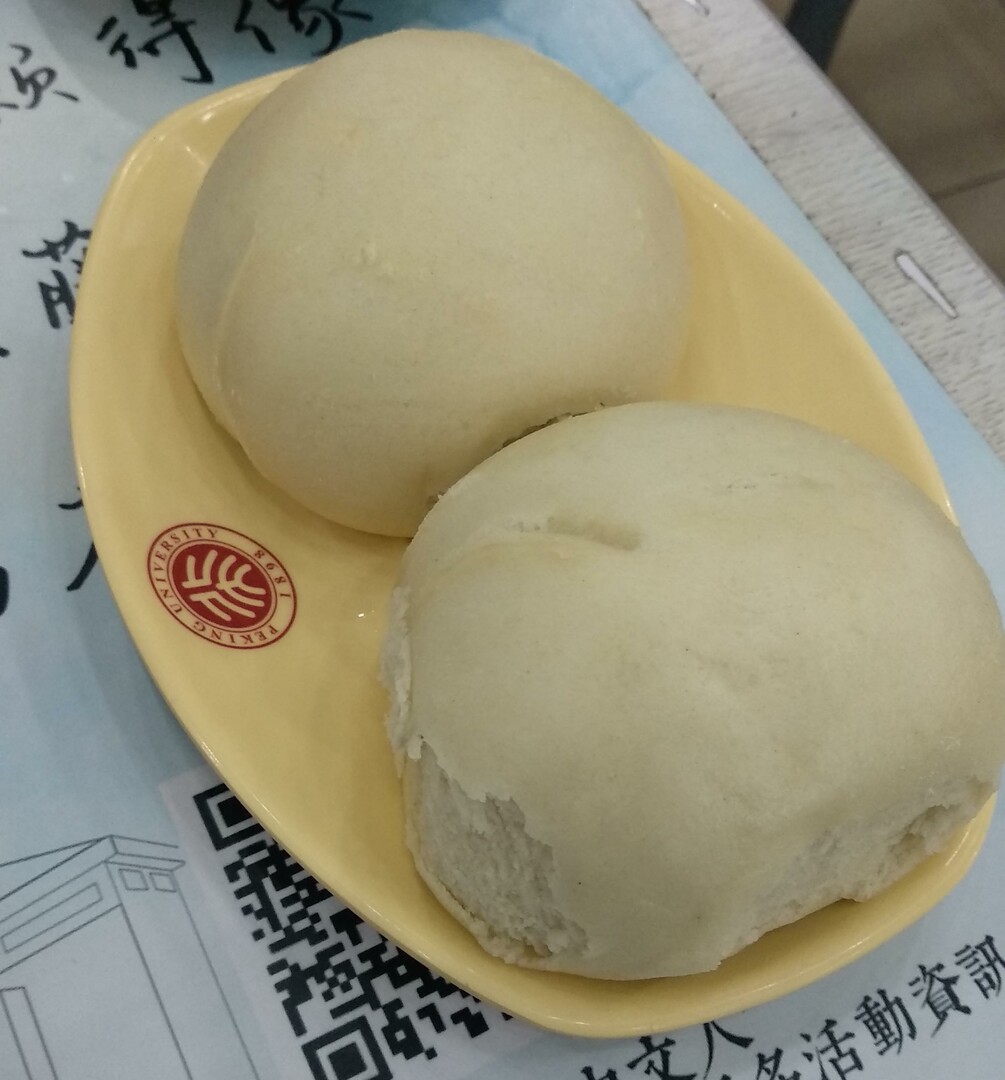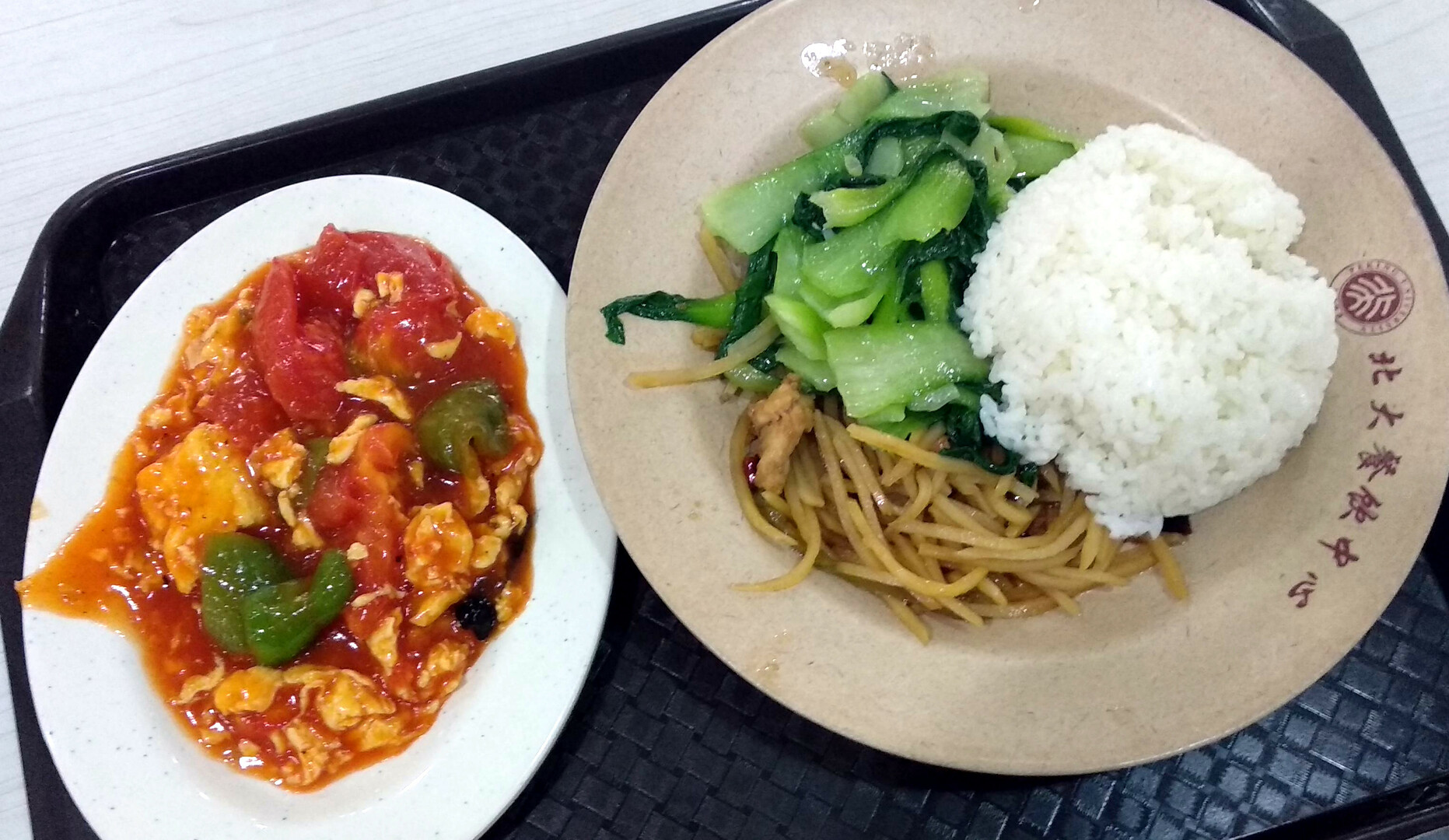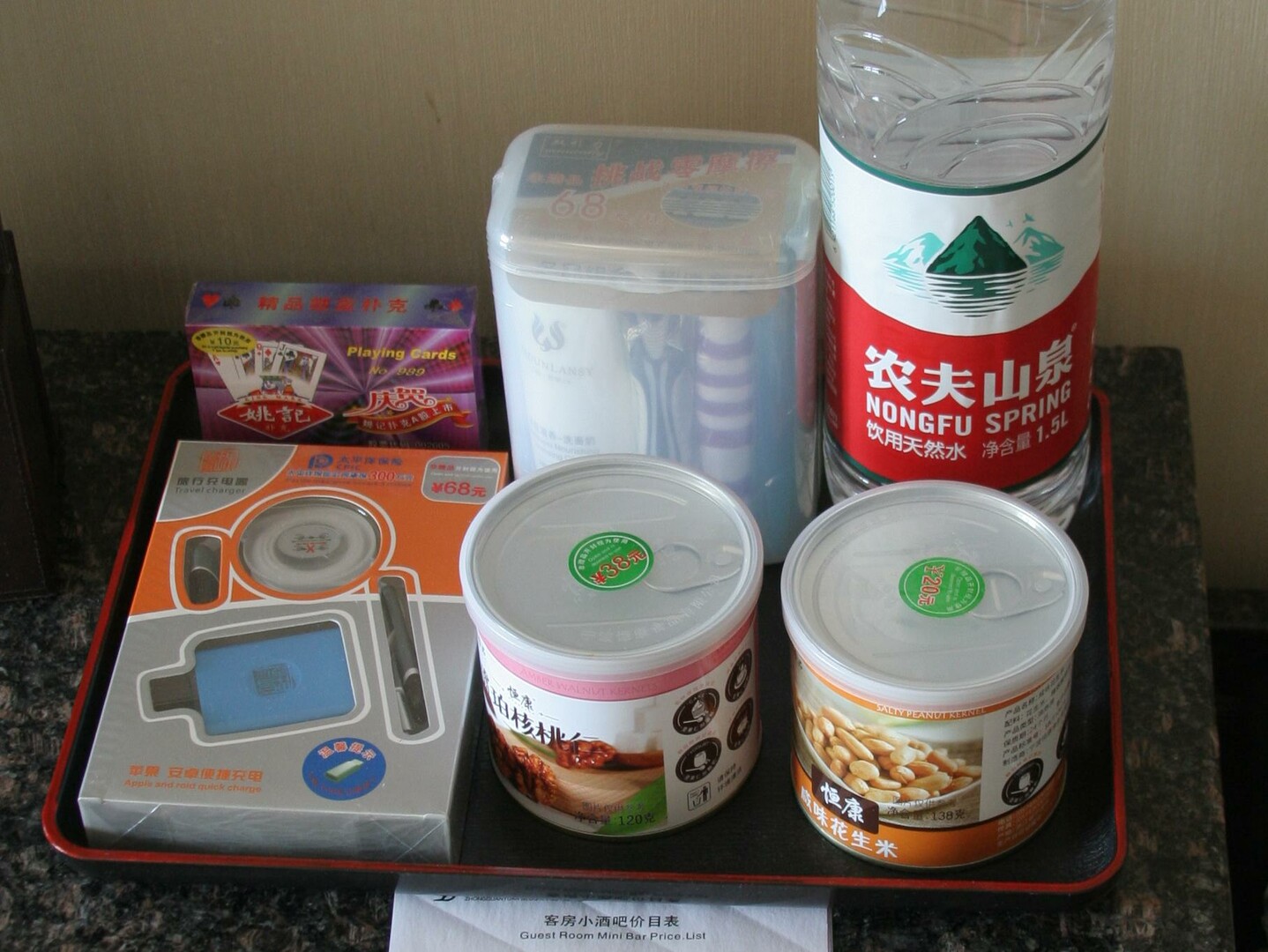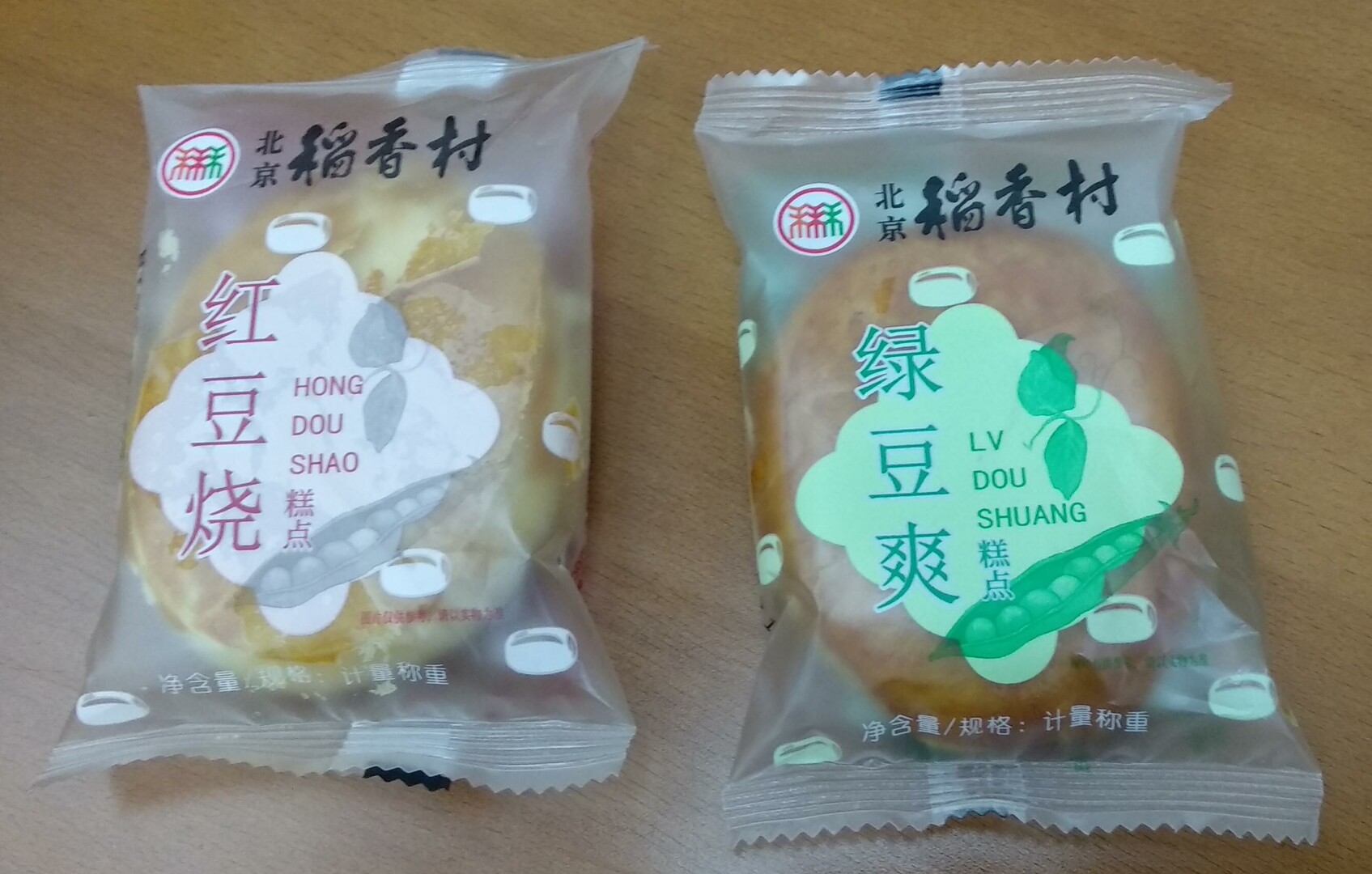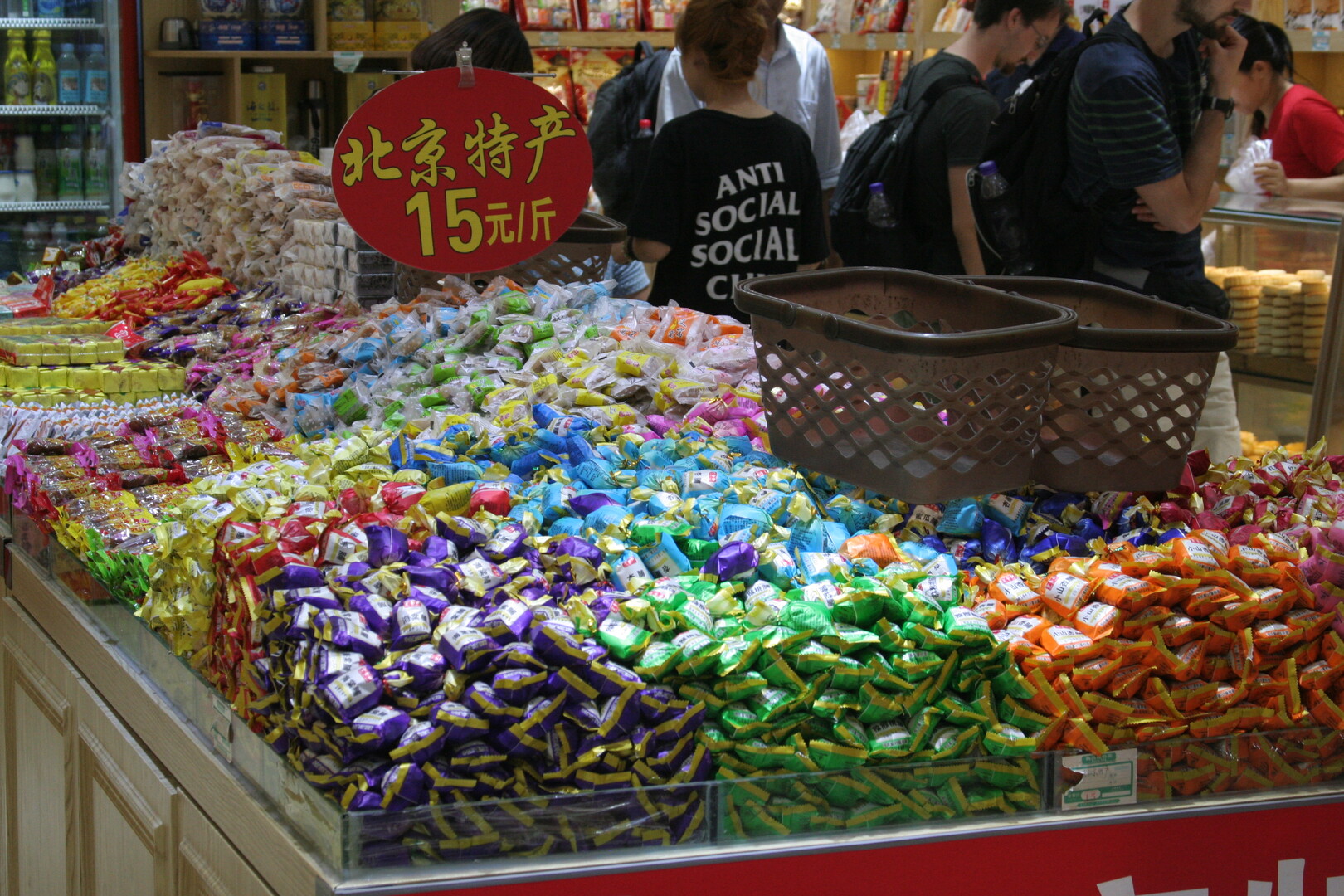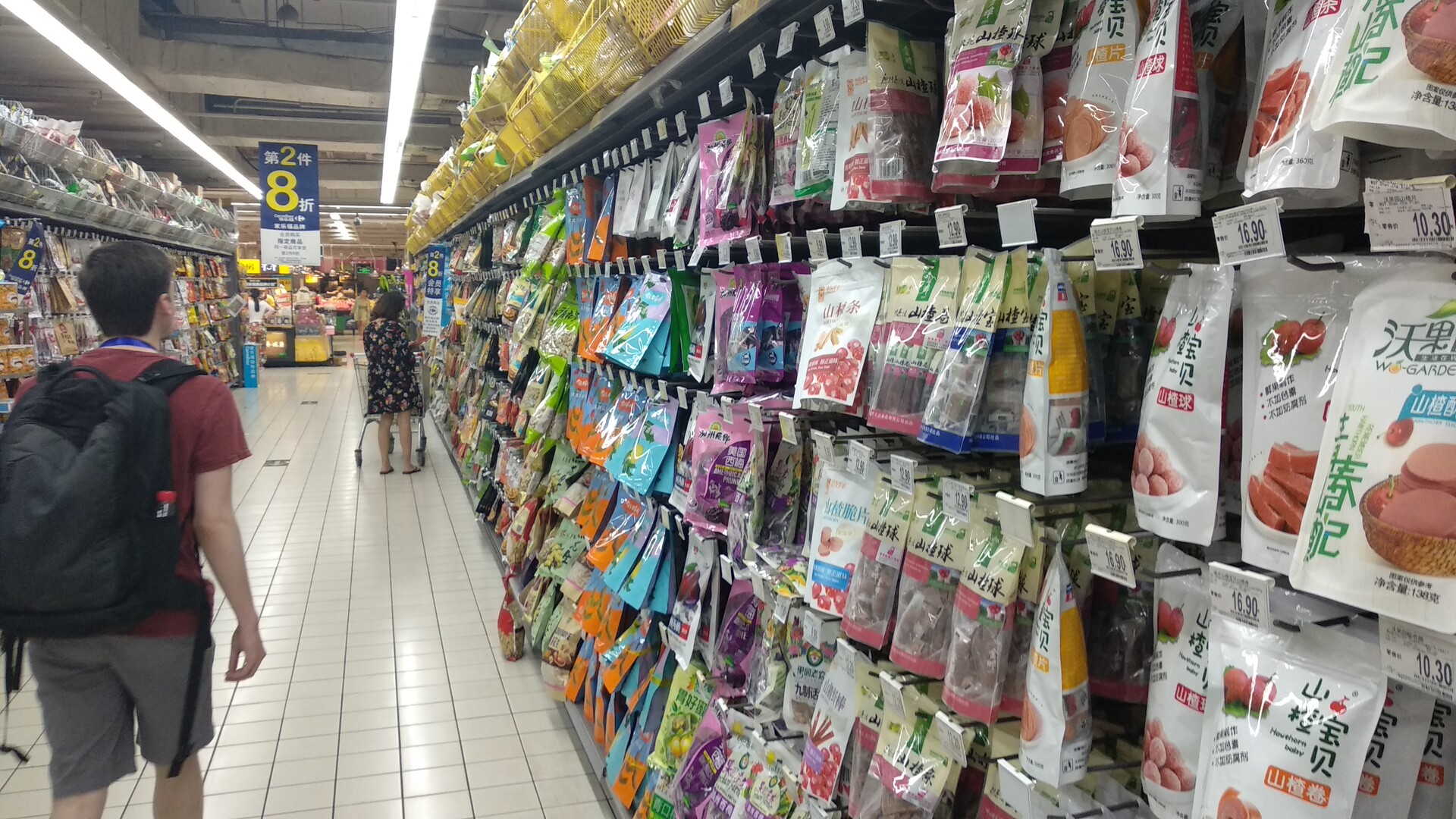Food in China
Being a vegetarian with some food allergies makes traveling a bit more involved. I have heard that Chinese cuisine uses a lot of peanuts, therefore I wondered how people cope with that.
I found a couple of sources that cover the topic:
- https://www.thebeijinger.com/blog/2018/10/23/how-cope-peanut-allergy-china
- https://www.reddit.com/r/China/comments/6dz5f7/living_in_china_with_a_severe_peanut_allergy/
- https://www.thebeijinger.com/blog/2017/03/27/mandarin-monday-how-survive-china-vegetarian-and-other-dietary-requirements
- https://ltl-school.com/peanut-allergy-china/
They pretty much all say that one needs some sort of sheet stating the allergies. In most articles they warn about peanut oil. As the allergic reaction is triggered by the proteins, the oil should be generally safe. The post on Reddit especially states that.
Being a vegetarian is not unheard of in China, but it seems to be rather unusual. The Buddhists eat vegan, therefore one could go into the Buddhists restaurants and have that covered.
A colleague kindly wrote me a note in Chinese stating all my allergies and foods that I do not like to eat. I have tried this in a Chinese restaurant here in Bonn and it worked just fine.
In order to make it easier during the beginning I just took some "safe" foods from Germany. I ended up buying dry bread and crackers, as well as some dried fruits. Additionally I took some black bread which will stay good for around three weeks.
Restaurants
On the first day a colleague and I went for lunch. We did not look for restaurants beforehand, we just tried our luck and went up the street. In Germany (or also Spain for him) we know how restaurants look like. But there we had a hard time figuring out what the business behind a particular storefront actually is. We managed to find something that looked like a restaurant and just went for it. Having had no idea what different styles of food there are, we needed to just start somewhere. The owner family seemed exhilarated by our sight. Supposedly there are very few non-Chinese people in the city of Wǔhàn. They seemed excited to have us as their guests.
I pulled out my allergy note and they started reading. First with a curious interest, then with a little chuckle and after half a minute they were scrambling to find out what food they could serve us. It took a while, but they eventually came up with four dishes that were vegetarian and free of nuts. Most Chinese restaurants have a picture menu, so they just showed us pictures and we either nodded or told them via translation app that it was okay.
These things were tasty and the consistency of the white dough was rather peculiar, so I guess that it has been rice dough. I did not bother them to give the names again, so I cannot tell you what this actually was.
They also served us green tea in a seemingly traditional tea kettle. There was a wooden frame with a tea boiling device on it. They put a lot of tea into it and demonstrated how this works. One pours water into the top, lets it steep just five seconds and then opens a valve to pour it into a little bowl. From there one would put it into little shot glasses and have the tea. Instead of creating a whole kettle of tea in one go, one would just refill the hot water and get fresh tea. We often let it steep too long, so we got rather bitter tea. After many rounds of tea we finally managed to get mild tea out of this procedure. Unfortunately I forgot to snap a picture of that.
They also gave us western cutlery, but we tried with the chopsticks. My colleague is much more experienced with them, but at the beginning of my month in China I did not expect mastery from myself. Towards the end of the trip locals actually complimented on my confidence with the chopsticks. I use them differently then they do, but apparently they differ in their usages as well and nobody judged what I did. Similar to other students I eventually grew overly confident into abilities and got less and less careful with obvious results.
Instead of ceramic plates they just gave us plastic plates wrapped in plastic. This felt like such a waste of plastic. In a different restaurant I got a ceramic plate but still wrapped in plastic.
The north and south of China are apparently divided into rice and noodles. In Wǔhàn it is common to have a noodle soup for breakfast, and my hotel also offered this.
My favorite breakfast item were the steamed buns, though. This particular kind is filled with a red bean paste. They all look different, so you had some chance to tell what you have there. In general I am very vary with dumplings or other breaded things as they usually have meat inside.
Most conference lunches were in the restaurant of the hotel. On the excursion day we instead got a lunch package. For me they had a vegetarian one, which contained tofu, vegetables and mushrooms.
Thursday night we had the banquet at a fancy restaurant. As they have inquired about dietary requirements beforehand there were a couple of vegetarian tables and one special allergy table. At that table they just served vegan food without any nuts. There was way too much food for all of us, but it was a very amazing experience. And during the meal they have even brought out different dishes to fill in the gaps.
I have also tried the Chinese restaurant at my hotel in Wǔhàn. There four waitresses gathered around my table to study my allergy card and tried to figure out what they could bring me. They had offered the dish with beef and potatoes and I did not want to take it. Yet I still got it together with the cabbage and rice. In the end it was 95 CNY, which I still find acceptable by German standards.
One evening I was still feeling a bit hungry. Having tried the Chinese restaurant at the hotel already I wanted to try the Western restaurant. There they wanted 108 CNY for a buffet. These never make sense for me, especially when I just wanted to get a snack. So I went outside and looked for food places. There are plenty of street food stands and lots of small kitchens. One looked somewhat trustworthy and as they offered various rice dishes I hoped that they could give me something. I showed my allergy and vegetarianism card, but the clerk eventually shook her head. So I went further on the street and found a western fast food place. It is not one of the common chains, just a store offering the same food. I got some fries, paid 7 CNY and was happy for the night.
The following is the super hot "mapu tofu" which has a style of spice that will numb your mouth. A very strange experience. I did not experience that as it was way too hot for me to even try more than a tip of the chopsticks.
In some restaurants one gets a paper menu and a pencil and just ticks the dishes that one wants to get. The paper is then handed to the waitress. This way nothing gets lost.
In the restaurants one gets served warm water for free. Apparently the Chinese like to drink their water warm, perhaps an resemblance of tea or maybe just for sanitary reasons.
On my eleventh day in China I longed for some western food and ended up going to Pizza Hut. It was rather interesting as in the same shop they serve a lot of barbecue and seafood, as well as escargot (snails). I just had a bland pizza and was happy for the day. One of the locals helped me find a place where one can get Bǐsà (比萨), the transcription of pizza into Chinese. The staff there had me wait for a while because all tables were occupied. I got a receipt with a waiting number and was eventually called when a table got free. An English speaking young man was so helpful to translate. The ordering was a bit cumbersome due to the language barrier again, but with Google Translate I managed to get a pizza. Curiously there was a serving of tomato ketchup on the side with it.
After the excursion to Jǐngshān Park we just went to a random restaurant and ordered some stuff there. The most weird one was the bean curd. It looks like it should have some structure, but actually it is as soft as warm butter. Yet it is not sticky like butter. So whenever you tried to take a bit from it, you would just scramble it into little pieces.
University canteen
In Běijīng we were given value cards for the canteens on the campus, they gave us roughly 40 CNY per day, we got 840 CNY in total. These were a bunch of 100 CNY cards that have slits in them to mark a certain number. These are briefly inserted at the POS terminal. At the first place that we have tried they have a bunch of little dishes that you just put on your tray. Since I already had spent a week in Wǔhàn I had enough faith in my knowledge of the cuisine there that I did not show my allergy note to anyone and just picked some of the dishes.
The above was my first meal at a Běijīng Dàxué canteen, I have paid just around 10 CNY. The others have taken a couple more dishes and ended up paying around 15 CNY. Even with dinner the 40 CNY are just plenty of money for food each day.
The most peculiar dish that I have seen were bird heads. I would not even know how to eat them, but the local people sure know that. There is the saying that the Chinese will eat everything with wings (except airplanes) and everything with four legs (except tables). That dish made me think of that joke again. Another strange dish is duck bladder with tofu, which I have also skipped.
One day I just tried a new dish and I still do not really know what it was. The best guess has been thinly sliced potatoes. Unfortunately it was too spicy for me, which one might have guessed by the chili on it.
They also offer buns at the price of 0.20 CNY, so that is like 0.03 EUR. There are versions filled with meat available, these cost twice as much. I have tried the plain ones and they are really bland.
On the third day of lectures in Běijīng I have tried a different place to have lunch. One of the local students has been so kind to take me to lunch with him and invited me. He took my note and picked out a meal for me, which is an amazingly helpful thing to do. He picked out thinly sliced potatoes with vegetables and rice as well as egg sting in tomato sauce. It was not too spicy and really delicious. After having had four meals in the one canteen I really longed for something different. In general the egg sting is a really popular way of serving egg in China and likely also other Asian countries.
At the end of the summer school we all had a lot of lunch money left. As it was non-refundable and we found a campus restaurant in the last week, we had a bunch of fancy dinners during the last week. But even when we had a table with 10 people there would only be a bill of around 500 CNY and each of us had several hundred CNY to spare. And even after having a bunch of lunches and dinners there, I still had a bunch of cards. We tried giving them away, but surprisingly a lot of people turned them down. It actually took quite a few tries to give the cards away.
Snacks
Although the articles suggested that most meals in China would contain nuts, this is not the case. I have only encountered very select main courses with nuts. There are many snacks with nuts, though. These here are the snacks that were offered at the hotel in Běijīng, all nuts.
I wanted to get a particular sweet that a Chinese colleague had brought to Bonn once. So I have showed the picture I had taken back then around and local people told me what this was (Qīng tuán, 青团) and where to get it. So I went to the store they told me and show them with the translator that I wanted that particular one. For some reason they did not have it and they just showed me something else that had bean paste in it. It turned out to be made from flaky pastry instead of rice dough.
Interestingly they use tweezers to handle the cash money. This seems like a sensible alternative to wearing rubber gloves. But on the other hand a bakery store near my home does not use rubber gloves and instead have printouts from a study that showed that there are not that many germs on money after all and that wearing rubber gloves does not really improve things.
Later on the Chinese student told me that the stuff that I had in mind is only available in April, so I could not get it now and would have to try some of the other stuff that one can get.
There are many candy stores to be found in the city, most have a bunch of stuff where you can just fill up a basket and pay by weight:
Supermarkets
In a shopping center in Běijīng we have found a Carrefour supermarket, which was just huge. And there was just another one below it, I guess they have even more stuff there. There are so many different things that I was instantly overwhelmed. In the snack aisles one can find tons of preserved meat products as well as another aisle with nuts and related products.
They had a few aisles with imported goods. The Crunchy Valley bars I have some feeling for. In Bonn they cost 2.00 EUR per box, in Dublin they were already 3.00 EUR per box. And in Běijīng they are 29.90 CNY, which is pretty much the price from Dublin.
